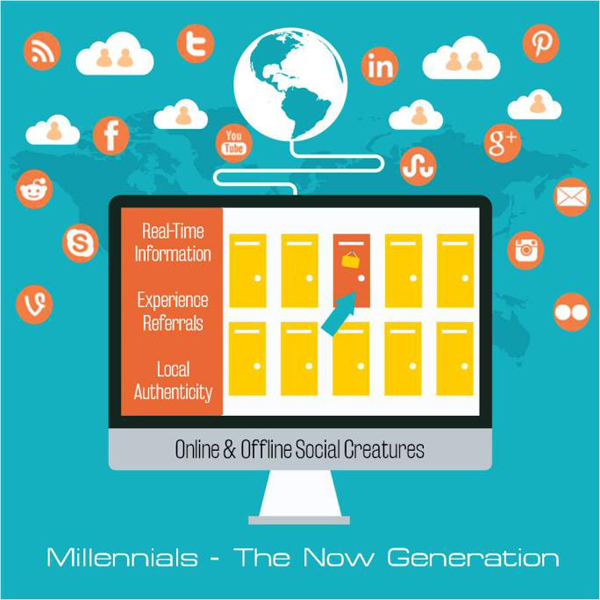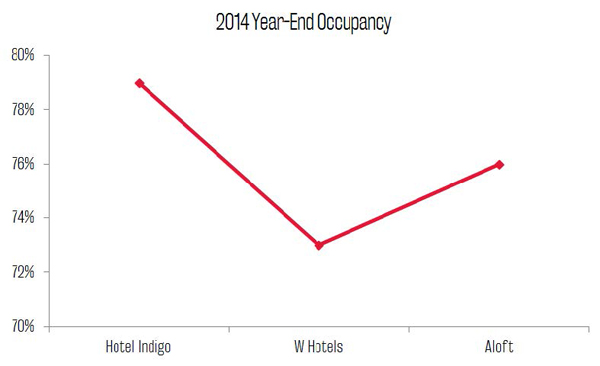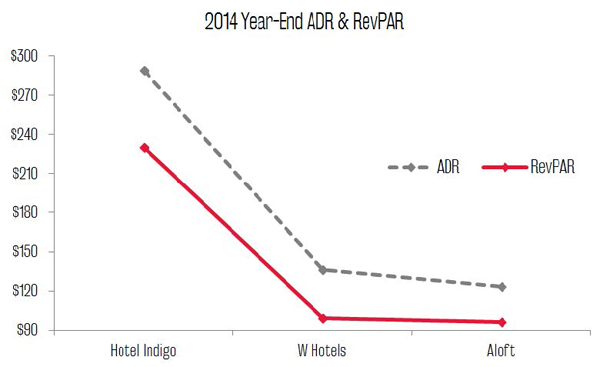By Brett Russell | December 2015
The past ten years have ushered in the introduction of more new hotel brands than any time in modern history. Most of these are geared toward the Millennial Generation, with hotel companies creating concepts to capture this vital segment of demand.
The U.S. hotel industry is in the midst of its latest, greatest up-cycle in recent memory, with performance figures going skyward year after year. This is part of the reason that major hotel brands, as well as smaller niche companies, have been taking a chance on innovative hotel concepts. Most of these have been engineered to identify with the so-called Millennials, identified as people in their mid-twenties to late thirties. Millennials are seen as the fresh face of travel, and hotels geared toward the tenets of their lifestyle—that is, with an emphasis on health and wellness, personality and technology—stand to capture more of the generation’s demand.
Benefits and Drawbacks of Brand Standards
The general traveling populace has come to rely on certain features of the well-known, ubiquitous brands: namely, convenience, consistency, and perks associated with programs that reward frequent stays. Family travelers might opt for more upscale branded accommodations, whose all-suite or full-service offerings include rewards and many family-friendly amenities. Again, the brand standards ensure the experience in one city will be alike to that at the same hotel in any other.
This is, however, a two-sided coin. When the shades are drawn, it’s difficult to appreciate any identity in a “standard” room or hotel. A person could be in Boston or Boise. When a major brand issues a property improvement plan (PIP), all hotels under that plan receive the same upgrades. This provides for the brand standards people are accustomed to and value. Yet, it can also create a property that lacks character and the personalized elements that can make for a memorable stay.
Millennials are most outspoken in this sentiment, and the major hotel brands have taken notice. Top-performing hotel markets such as Austin, Nashville, and Denver have a wide variety of lifestyle and boutique hotels opening, and the national brands continue to unfurl new, revolutionary flags. The trend has gained more traction as the bigger hotel companies purchase niche brands, loosen uniform standards so that an individual hotel’s design reflects its local culture and environs, and offer product lines that vary from the traditional franchise model into the realm of soft brandings.
Lifestyle Hotels
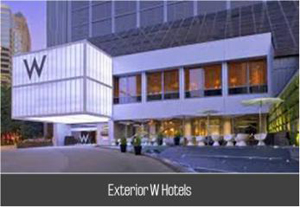
The successful introduction of both brands allowed their parent companies to expand further into the lifestyle segment. Starwood’s Aloft hotels offer a more streamlined, lower-priced concept, with 63 hotels accounting for 9,382 rooms. IHG followed up Hotel Indigo by acquiring the Kimpton brand of boutique hotels and introducing the EVEN Hotels brand, which is geared toward the health-and-wellness-conscious traveler.
As the figures below demonstrate, each of these brands has achieved a strong measure of success, both in terms of performance and expansion.
Occupancy for Three Trend-Setting Lifestyle Hotels Tops 70%; W Hotels’ ADR Nears $300 in 2014
With these hotel brands showing such strong performance and growth, other major hotel companies, along with multitudes of boutique hotel operators, have jumped on the lifestyle train. The ability to create a hotel with brand-associated perks and convenience, while appealing to different generations of travelers, is a central attraction for hoteliers. In addition to strong occupancy across the board, the success of the original lifestyle hotels makes it evident that these hotels have the capacity to operate at varying price points—with average rate ranging from $100 to almost $300. This allows for hotels to operate at different price points without being crowded out by competition in the same pricing bracket. The expected purchase of Starwood Hotels by Marriott International will most likely have some impact on the Aloft and W brands, but the degree of impact is not known at this time.
European-Inspired Lifestyle Hotels

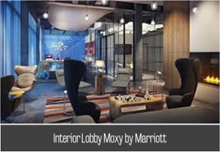

Soft Branding Enters a New Era
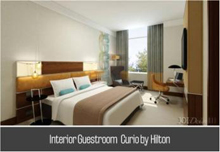
Soft branding seems perfectly suited to the lifestyle trend in hotel development and operation. It helps a national brand maintain a presence in upcoming urban neighborhoods by offering a boutique-like property that incorporates local foods, design, and products. Additionally, soft-branded hotels are able to compete against independent properties for leisure travelers, but still offer rewards programs and marketing to the business traveler. Developers of these hotels, whether they are new construction or conversions of existing independent properties, also benefit from central reservations systems and brand purchasing power. Consumers benefit from the local flair of a hotel while having confidence in the quality of their booking experience, their stay, and access to brand rewards.
Expansion into the Upscale Lifestyle Market
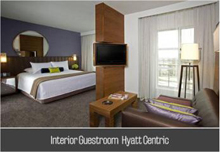
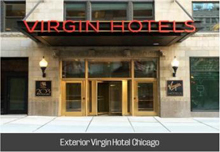
Challenges
These new ventures are sure to affect traditional assets, though they do give the owners and operators of the threatened assets more leeway when it comes to improving their position in their market. Non-traditional lifestyle hotels also give developers in emerging sections of a city more options for introducing traditional flags into the market. The due-diligence period of developing a hotel has become more complicated with the emergence of these new products because the brand choices have branched out (e.g., soft brand vs. traditional franchise model, lower-priced Millennial-focused hotel vs. more upscale lifestyle property, etc.).
Developers also have to tightly account for construction costs given that many of these options don’t have a prototype on which to base these costs.
A New Millennium
The rise in soft branding, individualized design from floor to ceiling, product engineered to engage a profoundly influential generation of travelers, and strategic limits on the number of assets represents a huge shift for hotel brands. The former model pushed for as many franchised hotels as could be sustained in a given market, subject to strict design and operational guidelines overseen by the brand. The general result was efficient, successful hotels that did not run the risk of an individual, characteristic appeal.
Something akin to the modern “lifestyle” hotel has been offered by smaller hotel companies or independents for decades. However, with the retiring of the Baby Boomers (those born between 1946 and 1964) from the workforce, the preferences of Millennials have become more influential to hotel concepts from the legacy brands. The hotel recovery of past years has entered into resurgence, with performance levels in many markets well above historical highs. With the rise of the Millennial Generation, hotel companies large and small now look at the designing of a hotel’s character as more of an asset than a risk.
Previously published in the Real Estate Financial Journal (REFJ). Reprinted with permission. Updates not published on REFJ.


